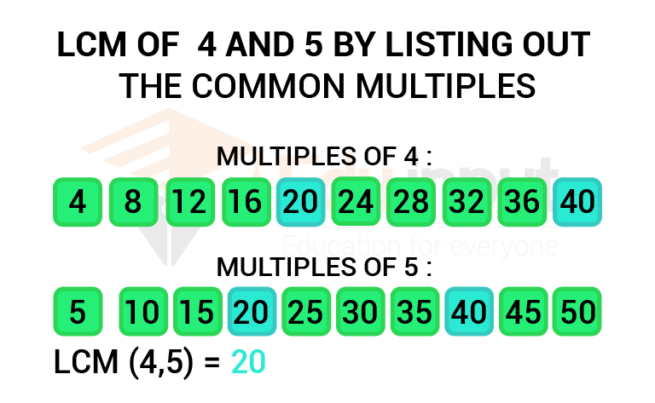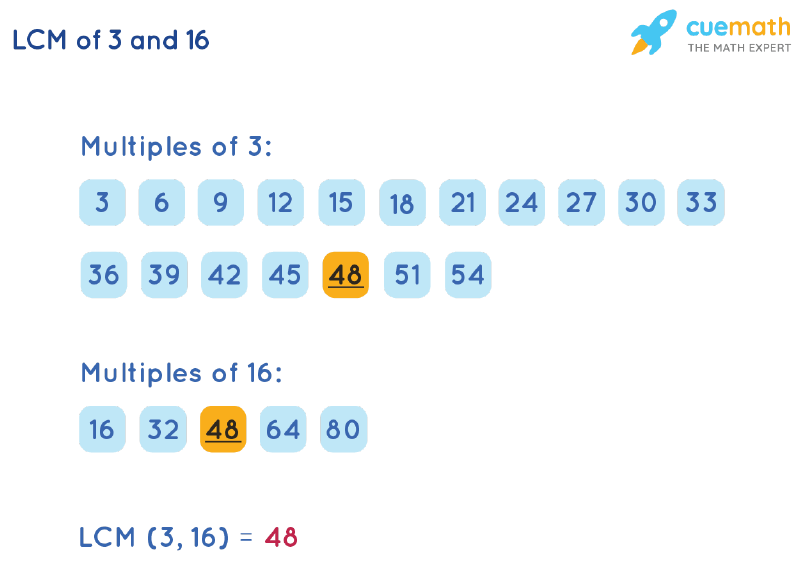What Is The Lcm Of 8 And 16

In elementary mathematics, finding the Least Common Multiple, or LCM, is a fundamental skill. Understanding how to calculate the LCM is crucial for operations involving fractions, ratios, and more advanced mathematical concepts.
This article delves into the specific question: What is the LCM of 8 and 16? We will explore various methods for finding the LCM and highlight the significance of this concept in broader mathematical applications.
Understanding the Least Common Multiple
The Least Common Multiple (LCM) of two or more numbers is the smallest positive integer that is divisible by each of those numbers. In simpler terms, it's the smallest number that both numbers can divide into evenly.
For instance, consider the numbers 2 and 3. The multiples of 2 are 2, 4, 6, 8, 10, 12,... and the multiples of 3 are 3, 6, 9, 12, 15,... The LCM of 2 and 3 is 6, as it is the smallest number appearing in both lists.
Methods for Finding the LCM
There are several methods to calculate the LCM, each with its own advantages depending on the numbers involved. Here are a few common approaches:
1. Listing Multiples: As demonstrated earlier, one way to find the LCM is to list the multiples of each number until a common multiple is found. This method is effective for smaller numbers.
2. Prime Factorization: This method involves breaking down each number into its prime factors. The LCM is then found by multiplying the highest power of each prime factor present in either number.
3. Division Method: In this method, both numbers are divided by common prime factors until both become 1. The LCM is the product of the divisors used.
Determining the LCM of 8 and 16
Now, let's apply these methods to find the LCM of 8 and 16.
Listing Multiples: Multiples of 8: 8, 16, 24, 32,... Multiples of 16: 16, 32, 48,... The smallest common multiple is 16.
Prime Factorization: Prime factorization of 8: 2 x 2 x 2 = 2³ Prime factorization of 16: 2 x 2 x 2 x 2 = 2⁴ The highest power of the prime factor 2 is 2⁴. Thus, the LCM is 2⁴ = 16.
Division Method: Divide both 8 and 16 by 2: 4 and 8 Divide both 4 and 8 by 2: 2 and 4 Divide both 2 and 4 by 2: 1 and 2 Divide 2 by 2: 1 and 1 The divisors are 2, 2, 2, and 2. Multiplying them together gives 2 x 2 x 2 x 2 = 16.
Using all three methods, we consistently arrive at the same answer. Therefore, the LCM of 8 and 16 is 16.
Significance and Applications
Understanding the LCM is not just an abstract mathematical exercise. It has practical applications in various real-world scenarios.
One of the most common applications is in working with fractions. When adding or subtracting fractions with different denominators, finding the LCM of the denominators allows us to find a common denominator, simplifying the calculation.
The LCM also plays a crucial role in scheduling and time management problems. For example, if two events occur at regular intervals, the LCM can determine when they will occur simultaneously.
Moreover, the concept of the LCM extends to more advanced mathematical topics such as number theory and cryptography. It serves as a building block for understanding more complex algorithms and mathematical relationships.
Dr. Emily Carter, a professor of mathematics at the University of California, Berkeley, emphasizes the importance of mastering the LCM concept:
"A solid understanding of the LCM is essential for success in algebra and beyond. It's a fundamental tool that students will use repeatedly throughout their mathematical studies."
Conclusion
In conclusion, the LCM of 8 and 16 is 16. This was demonstrated through various methods, including listing multiples, prime factorization, and the division method.
The LCM is a vital concept with applications in fractions, scheduling, and higher-level mathematics. Mastering this concept is crucial for building a strong foundation in mathematics.
By understanding and practicing these methods, individuals can confidently tackle problems involving the LCM and appreciate its significance in both academic and practical settings.
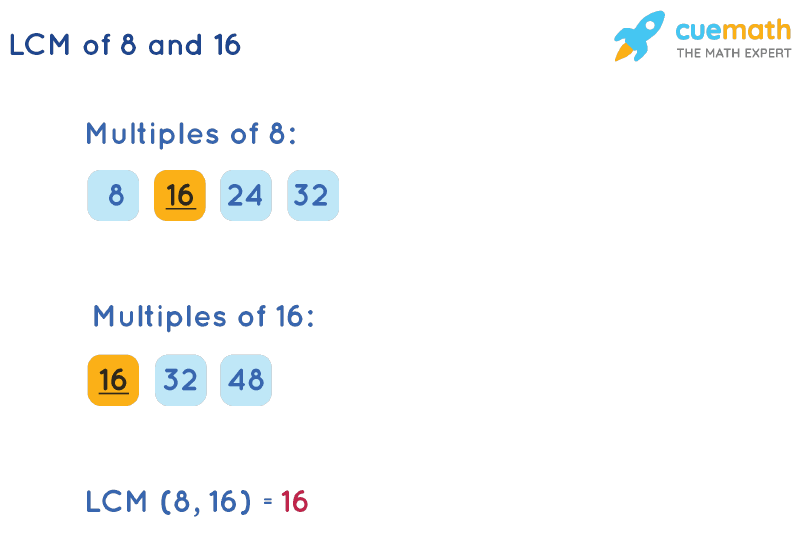

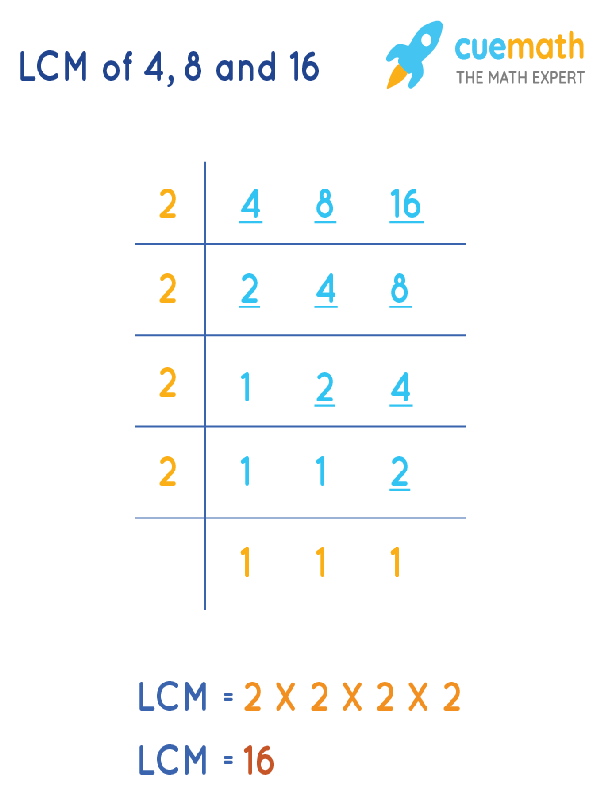
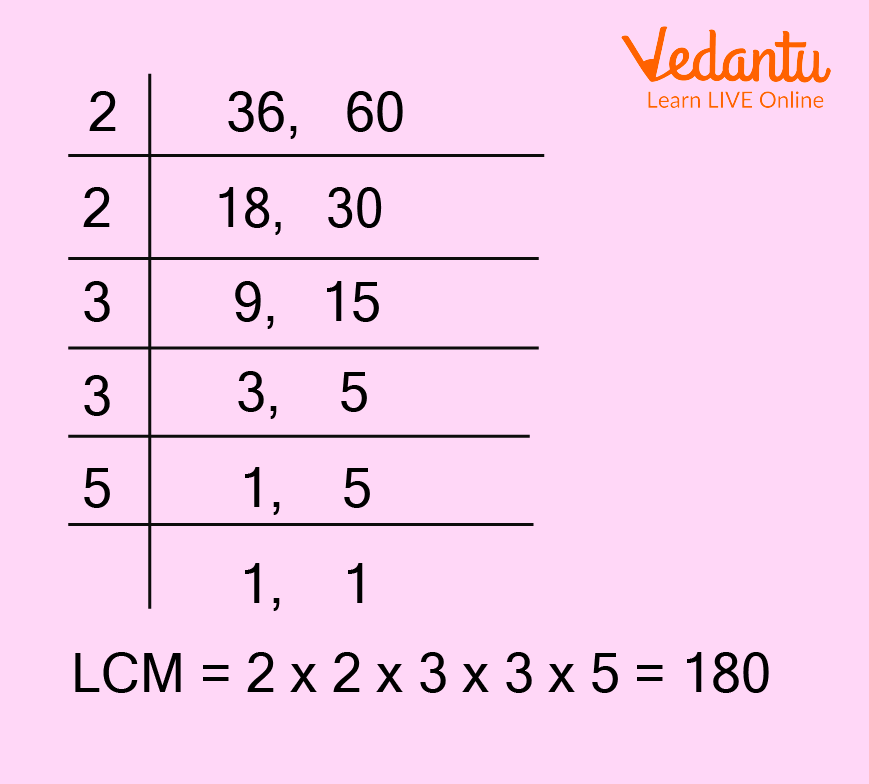
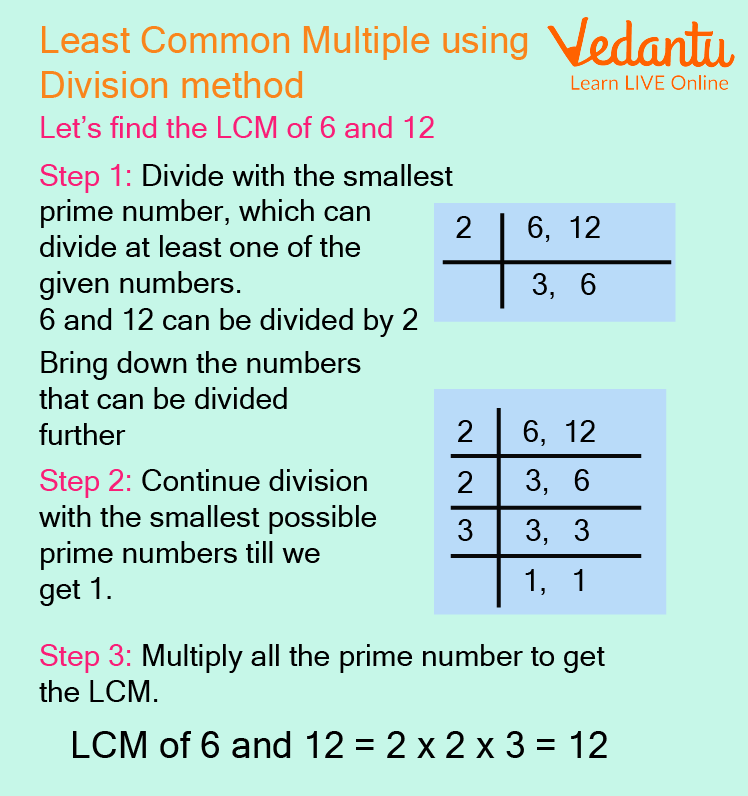



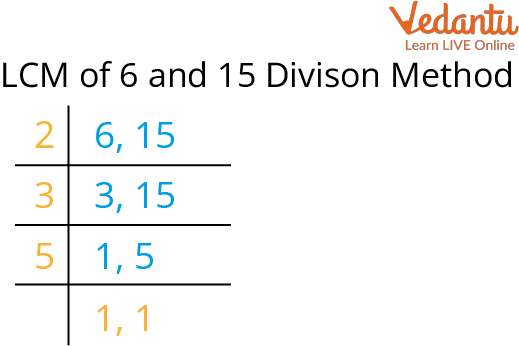
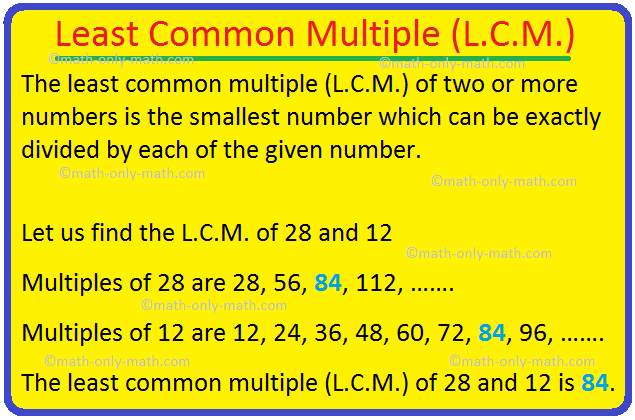

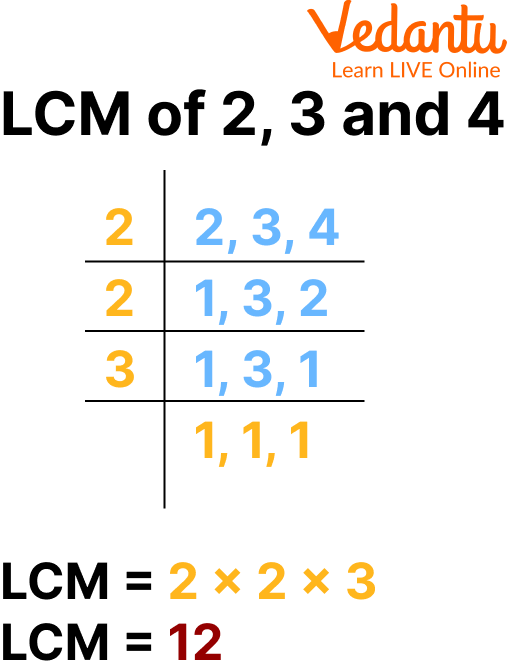

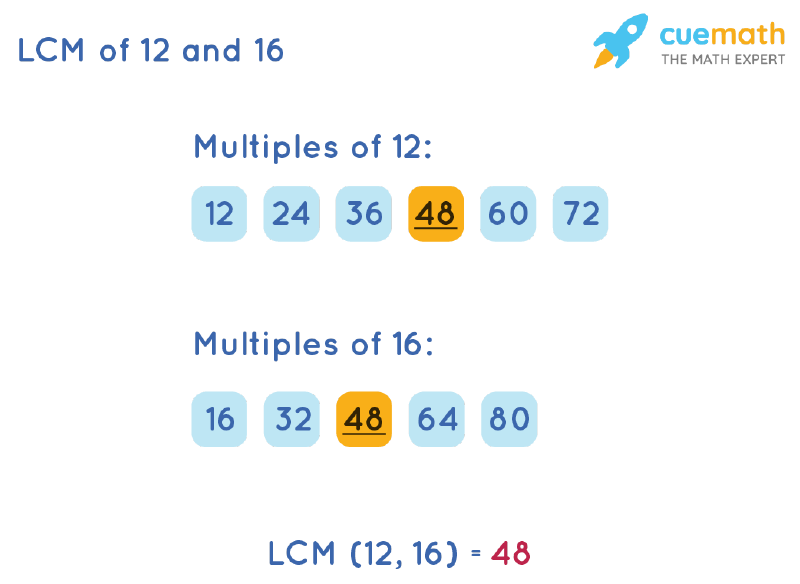

/Activities/Guide62_LeastCommonMultiple-Example-1_v1.png)
